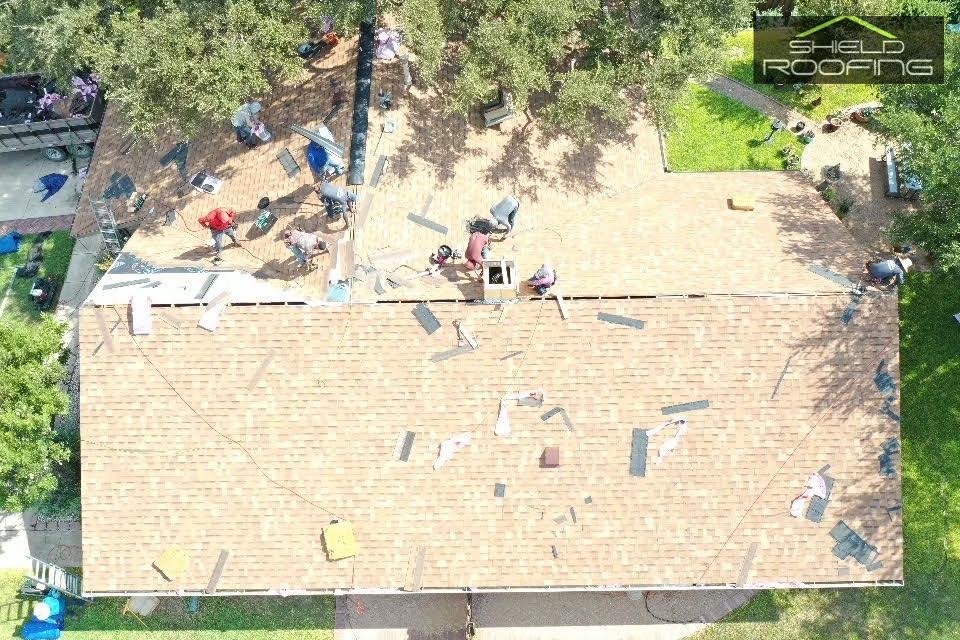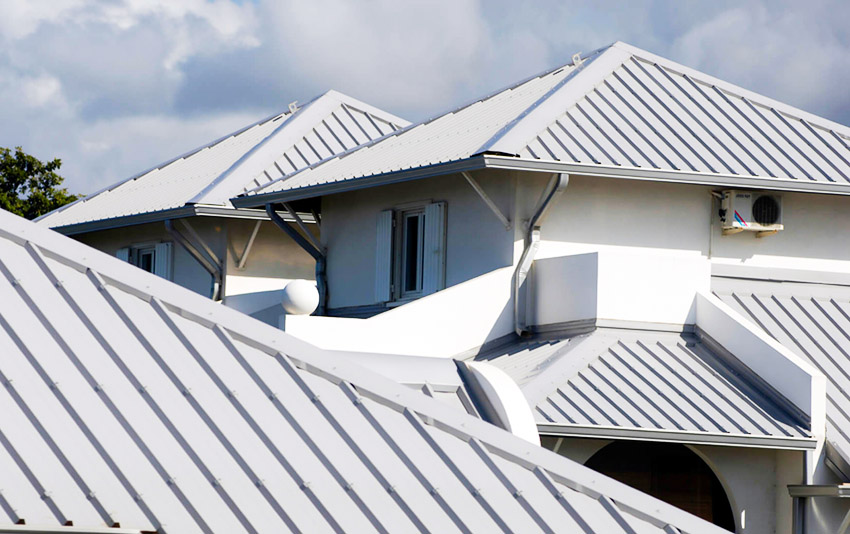Arizona is known for its hot and dry climate, which can put a strain on roofing materials. To ensure that your roof remains in good condition, it is important to understand the common causes of roof damage in Arizona, as well as how to avoid them.
This article will explore some of the most frequent sources of roof deterioration and provide tips on taking preventive measures against them.
The intense sunlight, high winds, dust storms and extreme temperatures experienced throughout the state can all contribute to problems with roofs over time. Other factors such as poor installation or inadequate maintenance may also play a role in accelerated degradation of roof structures.
It is essential to identify these potential issues early so that appropriate steps are taken before further damage occurs. By understanding these hazards and following basic protection protocols, you can help extend the life of your roof significantly.
High Temperatures And Sun Exposure
High temperatures and sun exposure are two of the most common causes of roof damage in Arizona. The desert climate is especially harsh, with hot summers that can cause severe damage to roofs due to radiant heat and UV rays. Roofs may become weakened by these extreme temperatures, leading to premature aging and decreased longevity.
To avoid this type of damage it is important for homeowners to take preventative measures such as installing reflective and insulated membranes under the roof surface or using lightweight materials on the roof’s exterior surfaces. Additionally, regularly scheduled inspections should be done to check for any signs of wear over time.
These proactive steps can help protect a home’s roof from excessive weathering caused by intense sunlight and high temperatures. Repairing minor problems quickly before they become major issues is also key in extending the life of a roof in Arizona’s unforgiving environment.
Regularly cleaning gutters and downspouts will also help keep water away from a home’s foundation which reduces stress on its structure over time as well. Adopting an effective maintenance program can go far in helping maintain a healthy roof overall despite oppressive weather conditions throughout much of the year.
High Winds And Storms

In addition to high temperatures and sun exposure, Arizona is also subject to extreme winds and storms. These can bring heavy rain, hail and even dust storms that cause damage to roofs.
In some areas of the state, these powerful winds and storms are common occurrences during certain times of year. Homeowners in Arizona should be aware of potential roof damage from wind and storms so they can take preventative measures before any serious damage occurs.
Installing a roof with good protection against gusts of wind is essential for homes located in more exposed regions. Homeowners should also check their roof regularly for any signs of wear or tear caused by strong winds, such as broken tiles or other structural weaknesses.
Sealing around vents, pipes and skylights will help keep out moisture-carrying winds and reduce water infiltration into the house’s interior spaces. During particularly intense weather events like hailstorms, homeowners may want to consider using extra precautionary measures like laying down sandbags along the perimeter of the home or covering vulnerable windows with plywood boards.
Poor Installation Practices
It is paramount for roof installations in Arizona to be done properly. Poor installation practices can cause a multitude of problems that could impact the longevity of your roof and ultimately cost you money down the line.
Improper ventilation, inadequate insulation, and incorrect nailing patterns are all common errors made during installation that can lead to premature damage.
Roofs should always have adequate ventilation installed with soffit or gable vents on either side of the house. This helps regulate temperatures and humidity within the attic space as well as being an important factor in energy efficiency.
Additionally, it’s critical for roofs to be insulated correctly to prevent heat from entering through the top of the home resulting in higher cooling bills.
Finally, nail heads must be flush with shingle tabs and there should not be any spaces between them which might allow water intrusion into wood sheathing beneath the shingles. Taking these measures will help ensure that your roof can withstand the intense desert climate while providing maximum protection over time.
Lack Of Maintenance
Following poor installation practices, another common reason for roof damage in Arizona is a lack of maintenance. Without regular inspections and necessary repairs, the roof can become vulnerable to more serious damage.
Roofs should be inspected twice per year – once before the summer months when temperatures are rising and again before winter sets in. During these inspections, it’s important to look out for any signs of wear or tear such as cracks, missing shingles, moss growth, water infiltration or erosion due to wind exposure. If any of these issues are present, they must be addressed right away with either repair or replacement.
In addition to frequent inspection and timely repair work, applying a protective coating on your roof is also an effective way to prevent damages from occurring over time. There are various types of coatings available that provide waterproofing protection which help extend the life of your roof by protecting it against UV rays and other weather conditions including rain and strong winds.
Having a professional contractor apply this protective layer every 3-5 years depending on the climate is highly recommended. Therefore, taking proactive steps like these will not only make sure your roof stays in good condition but also save you money down the line if major repairs or replacements are needed due to prolonged neglect.
Poor Drainage
Rainfall is a common occurrence in Arizona, and this can cause significant damage to roofs if not properly managed. Poor drainage is one of the most frequent causes of roof damage in the area due to its warm climate and intense storms.
Roofs with an inadequate slope or no gutters are at high risk for water runoff which can result in leaks, corrosion, mold growth, and even structural damage.
Properly maintaining a roof’s slope is essential for effective drainage. A minimum pitch of 3 inches per foot should be used for asphalt shingles and 2 1/4 inches per foot for metal roofs to ensure that rainwater runs off quickly and efficiently without pooling on flat surfaces.
Additionally, it is important to install functional gutters along the perimeter of your roof so that rainfall does not drain directly onto your property or foundation. Keeping them regularly cleaned will also help prevent clogs from forming which could lead to further problems down the line.
By following these steps you can mitigate much of the potential damage caused by poor drainage.
Unsuitable Materials
It’s no surprise that Arizona has its own unique set of roofing challenges. In order to protect your home from the elements, it is essential to choose materials that are suitable for the climate and local environment. Unsuitable materials can cause a variety of damages on roofs in Arizona.
Incorrect sizing or poor ventilation issues may result in water damage within the house due to moisture build up.
Furthermore, certain materials such as wood are more susceptible to decay when exposed to extreme weather conditions like those found in Arizona.
To avoid these problems, make sure to use properly sized vents and select durable building materials designed for hot climates such as metal.
Additionally, be aware of any specific regulations related to roofing material used in your area before beginning construction projects.
Taking precautionary steps will ensure an enduring structure resistant against nature’s harshest elements.
Overloading The Roof
The overloading of a roof is another common cause of damage in Arizona. This often occurs when homeowners don’t properly assess the weight that their roof can handle, and end up putting too much pressure on its structure.
This can be due to heavy snowfall or extreme humidity which causes water to pool on the roof, thus increasing its load capacity. In order to prevent this type of damage, it’s important for homeowners to get regular inspections done by certified professionals who are trained in assessing structural integrity.
Additionally, they should also take measures such as clearing debris from gutters and regularly pruning trees near the house to reduce any potential loads placed on the roof. In cases where there is already an existing overload present, repairs may need to be made if possible.
If not then it might be necessary to replace sections of the roof or even rebuild parts of it entirely depending on the extent of the damages caused by excessive loading. It’s crucial for homeowners to pay attention to these issues before they become irreversible so that further stress isn’t added onto the overall structure of their home.
Taking preventive action now could save costly repairs down the road and help keep your home safe from future damage due to overloading.
Conclusion
In conclusion, it is important to be mindful of the causes of roof damage in Arizona and take steps to ensure that these issues do not occur. High temperatures and sun exposure, high winds and storms, poor installation practices, lack of maintenance, poor drainage, unsuitable materials, and overloading the roof can all lead to costly repairs or even replacement.
Taking proactive measures such as regular inspections by a licensed professional are essential for maintaining a healthy roofing system in this environment. Regular inspection will help identify potential problems before they become too severe so that any needed repairs can be made promptly.

